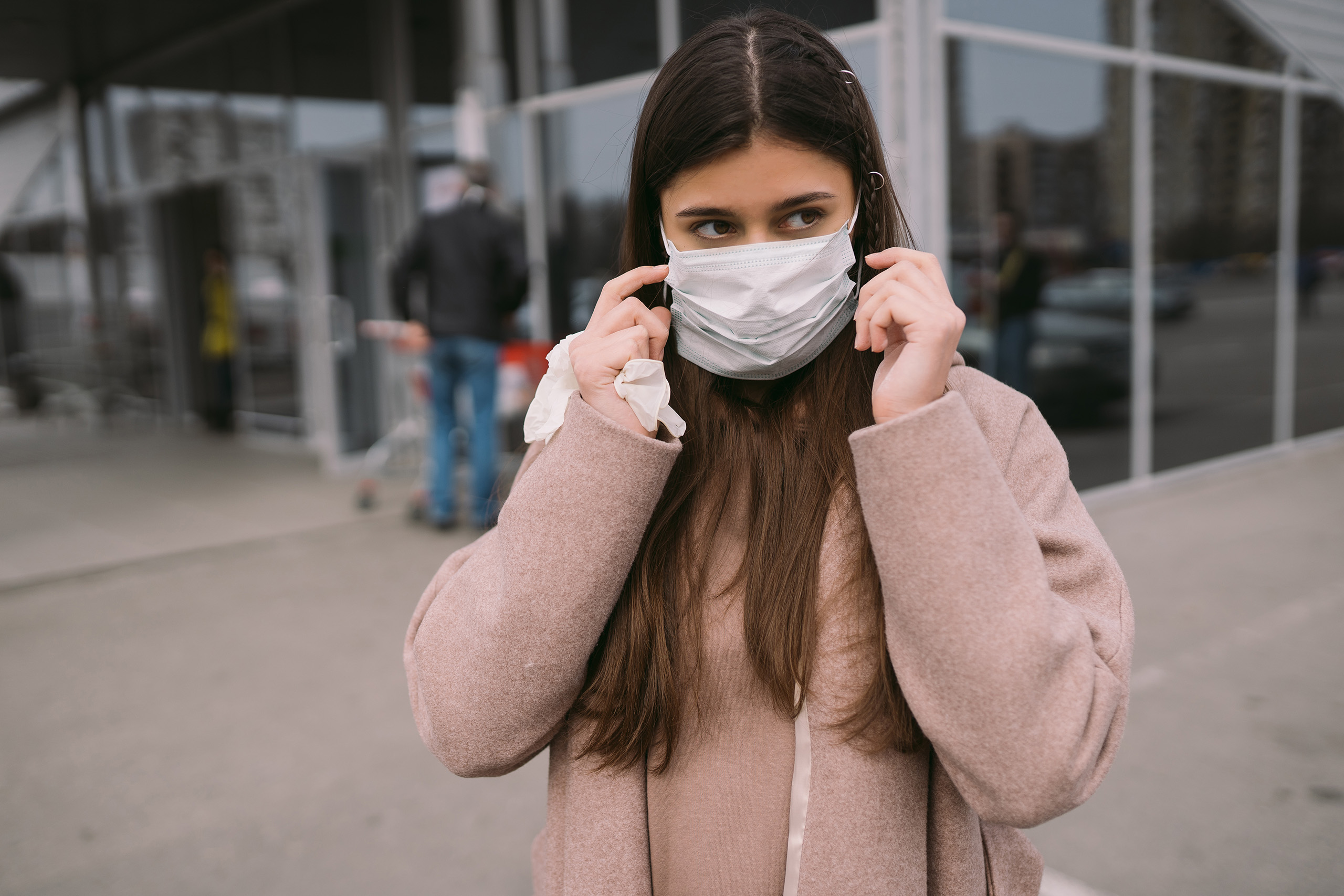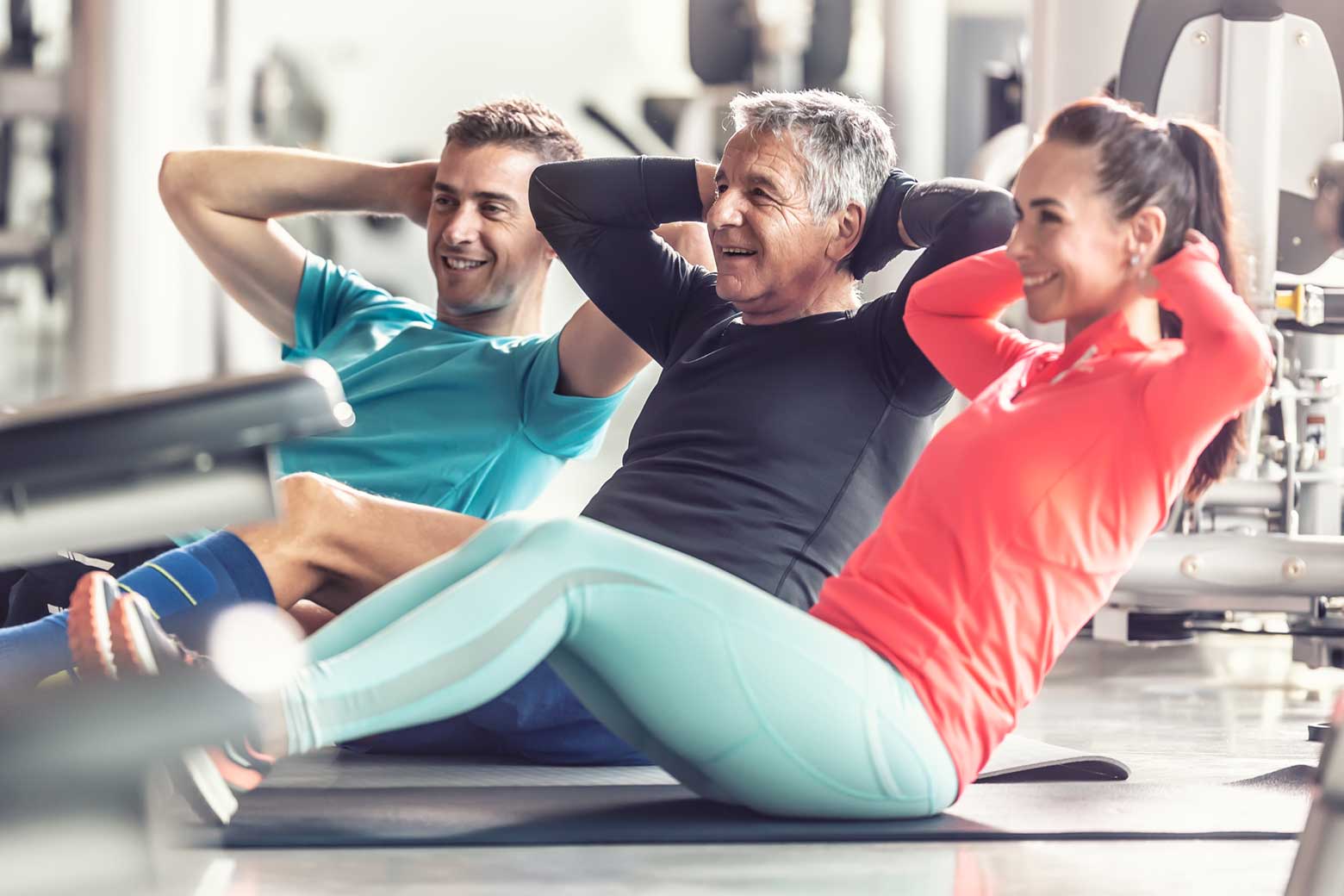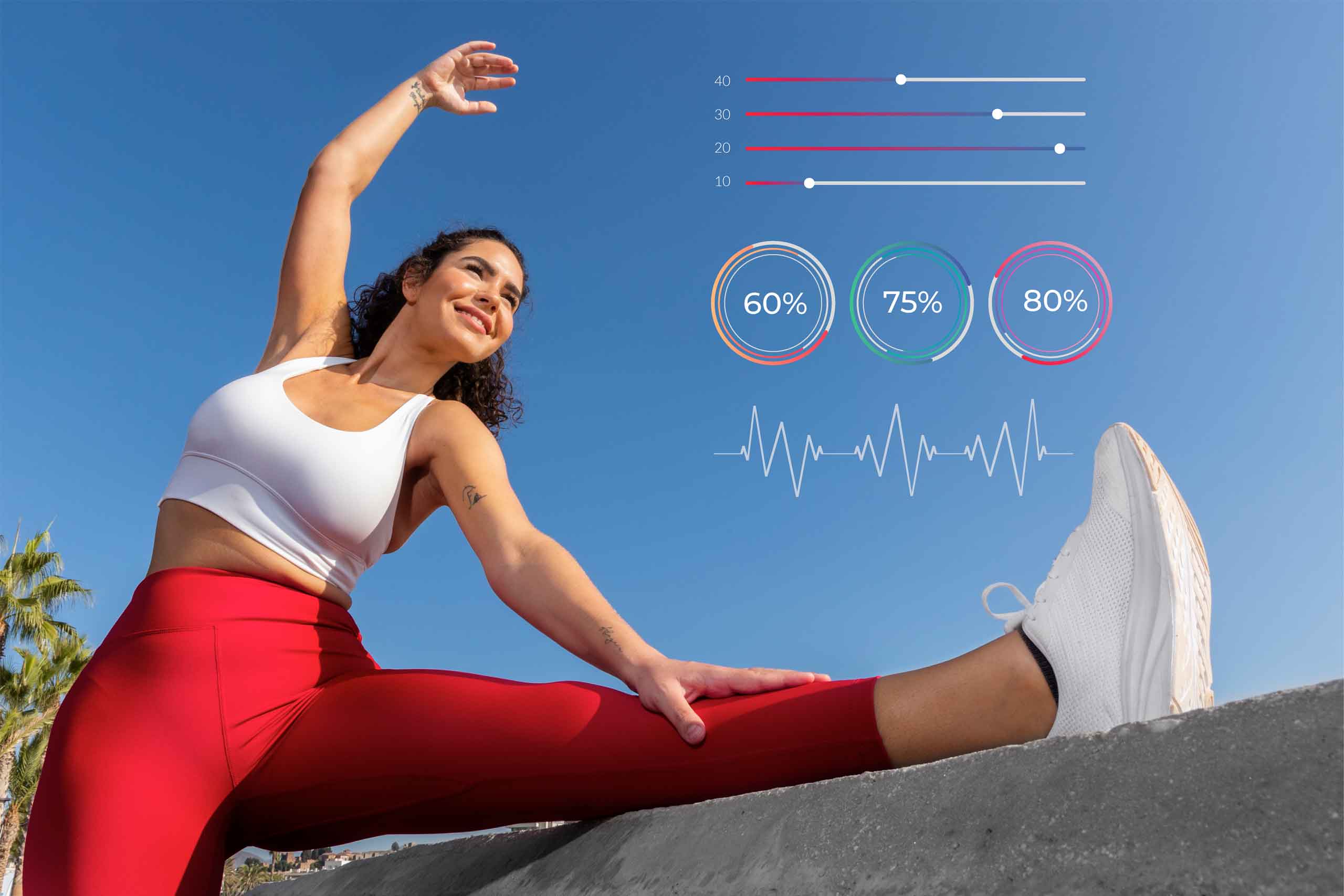
COVID-19 (SARS CoV 2) JN.1 Variant: A Health Advisory
What is JN.1 Variant?
- The JN.1 (BA.2.86.1.1) is a descendant of the Omicron subvariant BA.2.86 lineage (Pirola) of SARS CoV 2 (COVID-19). The SARS CoV 2 is continuously evolving, changing and circulating in all countries. BA.2.86 carries more than 30 mutations in the spike(S) protein indicating high potential for immune evasion.
- JN.1 is currently being considered as a variant of interest (VOI) by the WHO.
- Currently the symptoms of COVID-19 tend to be similar across all variants with no ‘specific’ symptom identified related to JN.1 variant – The symptoms may fall on a spectrum ranging from asymptomatic to critical; most infections are not severe. Mild disease (no or mild pneumonia), Severe disease (e.g., with breathlessness, hypoxia or >50 percent lung involvement on imaging within 24 to 48 hours), Critical disease (e.g., with respiratory failure, shock, or multiorgan dysfunction).
- So far, JN.1 has been reported in USA, China, Singapore, and India.
- It is important for us to know about this variant and take necessary protective measures and further actions in case of suspected infection.
Common Symptoms of COVID-19
- Cough, body aches and headache are the most reported symptoms among patients with symptomatic COVID-19 infection.
- Other features may include diarrhoea, sore throat, and smell or taste abnormalities.
- Mild upper respiratory symptoms (e.g., nasal congestion, sneezing) appear to be more common with this JN.1 variant.
- Pneumonia is the most frequent serious manifestation of infection, characterized primarily by fever, cough, shortness of breath, and bilateral infiltrates on chest imaging.
- There are no specific symptoms or signs that can reliably distinguish COVID-19. However, development of shortness of breath approximately one week after the onset of initial symptoms may be suggestive of COVID-19.
- COVID-19 may present as ILI (Influenza like illness) or Severe acute respiratory syndrome (SARS).
Risk Factors for severe illness
- Increasing Age (esp. those aged above 60 years of age)
- Comorbidities (such as uncontrolled diabetes, heart disease, chronic lung/liver/kidney disease, auto-immune disorders, cancers etc.)
- Others: Physical inactivity, Morbid Obesity, Smoking
Warning signs or Red Flag symptoms
- Shortness of breath/Breathlessness
- Low oxygen saturation (less than 94% through pulse oximeter)
- Chest pain
- Thrombotic complications (like deep vein thrombosis, pulmonary embolism, acute stroke).
- Confusion, dizziness, seizures, loss of consciousness
How does JN.1 variant spread?
Similar to earlier variants of COVID-19, the JN.1 variant can spread through:
- Direct person-to-person respiratory transmission (i.e. close-range contact within approximately six feet or two meters via respiratory particles): The virus gets released in the respiratory secretions when a person with infection coughs, sneezes, or talks, thereby infecting another person.
- Through contaminated surfaces: Infection might also occur if a person’s hands are contaminated by these secretions, or by coming in contact with contaminated surfaces followed by touching their own eyes, nose, or mouth.
Preventive and Protective Measures
- Hand hygiene. Washing hands with soap and runny water frequently. Use of hand sanitizer that contains at least 60% alcohol is a reasonable alternative to hand washing if the hands are not visibly dirty.
- Respiratory hygiene: Covering the cough or sneeze with a tissue paper or bent elbow.
- Appropriate ventilation of indoor spaces: This includes opening windows and doors, placing fans in front of windows to exhaust air to the outside, running heating/air conditioning fans continuously, and using portable high-efficiency particulate air (HEPA) filtration systems.
- Avoiding close contact with individuals who are or appear to have COVID-19 infection.
- Wearing masks, especially when going out or even indoor spaces like office where other individuals are present.
- Seeking medical help without delay: If symptoms suggestive of COVID-19 occur, please seek medical advice promptly, staying home away from others, and getting tested for COVID-19.
- Employees should notify their supervisors and stay home if they are sick. Any sick employee coming to office should be separated from other employees and provided with medical assistance and guidance.
Vaccination
- Covid-19 Vaccines in routine use are expected to provide protection against JN.1 variant also, though further information is still awaited.
- Wide coverage of vaccination and subsequent non-symptomatic infections help augment herd immunity thus providing protection at community level. Data suggests that most Indians have been exposed to Covid-19 at least twice and have also received at least two doses of the COVID-19 vaccine, thus contributing to a good level of immunity in the population that should help prevention of severe disease.
Health advisory for travellers visiting Singapore
- Plan your trip only if it is essential.
- Seek medical advice before planning your trip, which should include your travel health risk assessment and guidance, including advice on vaccinations required or prophylaxis recommended before travel.
- Follow the latest guidelines/instructions being issued from the countries of origin, lay-over and destination.
Keep yourself updated on the latest guidance/instructions (The Ministry of Health & Family Welfare, Government of India has issued its advisory on 18th December 2023).




